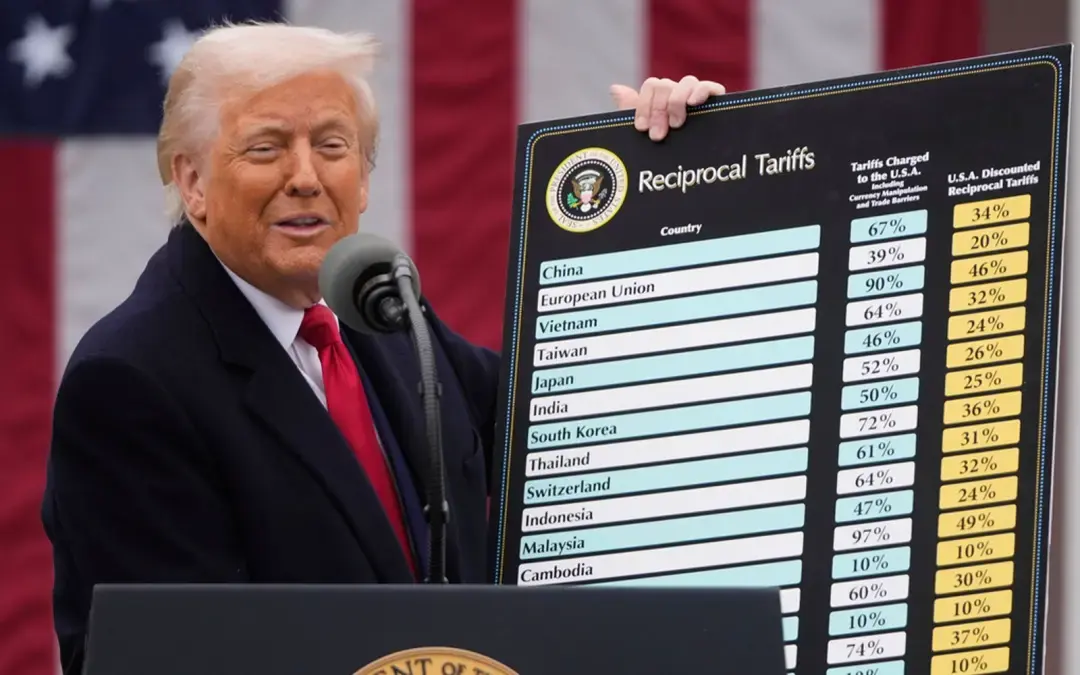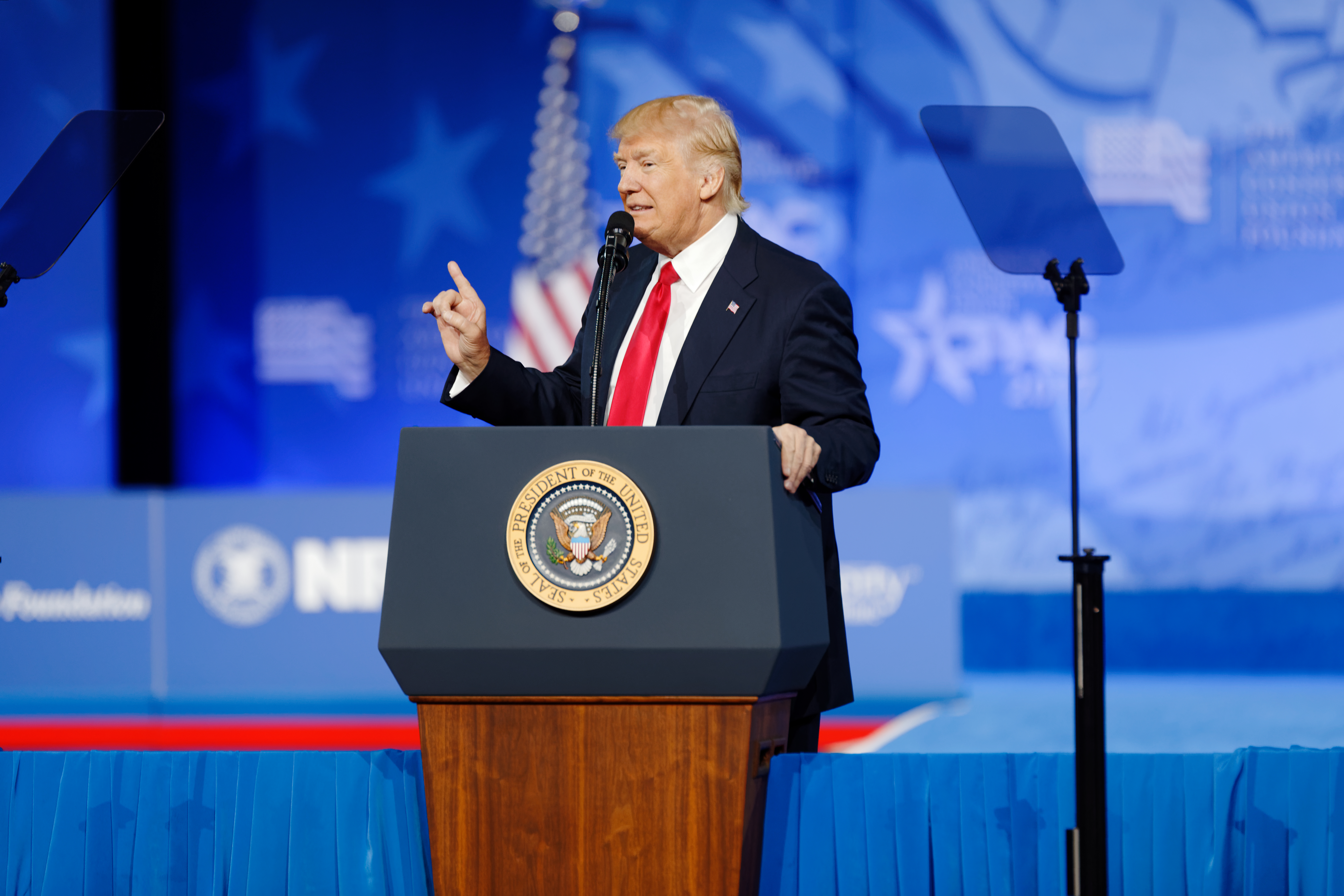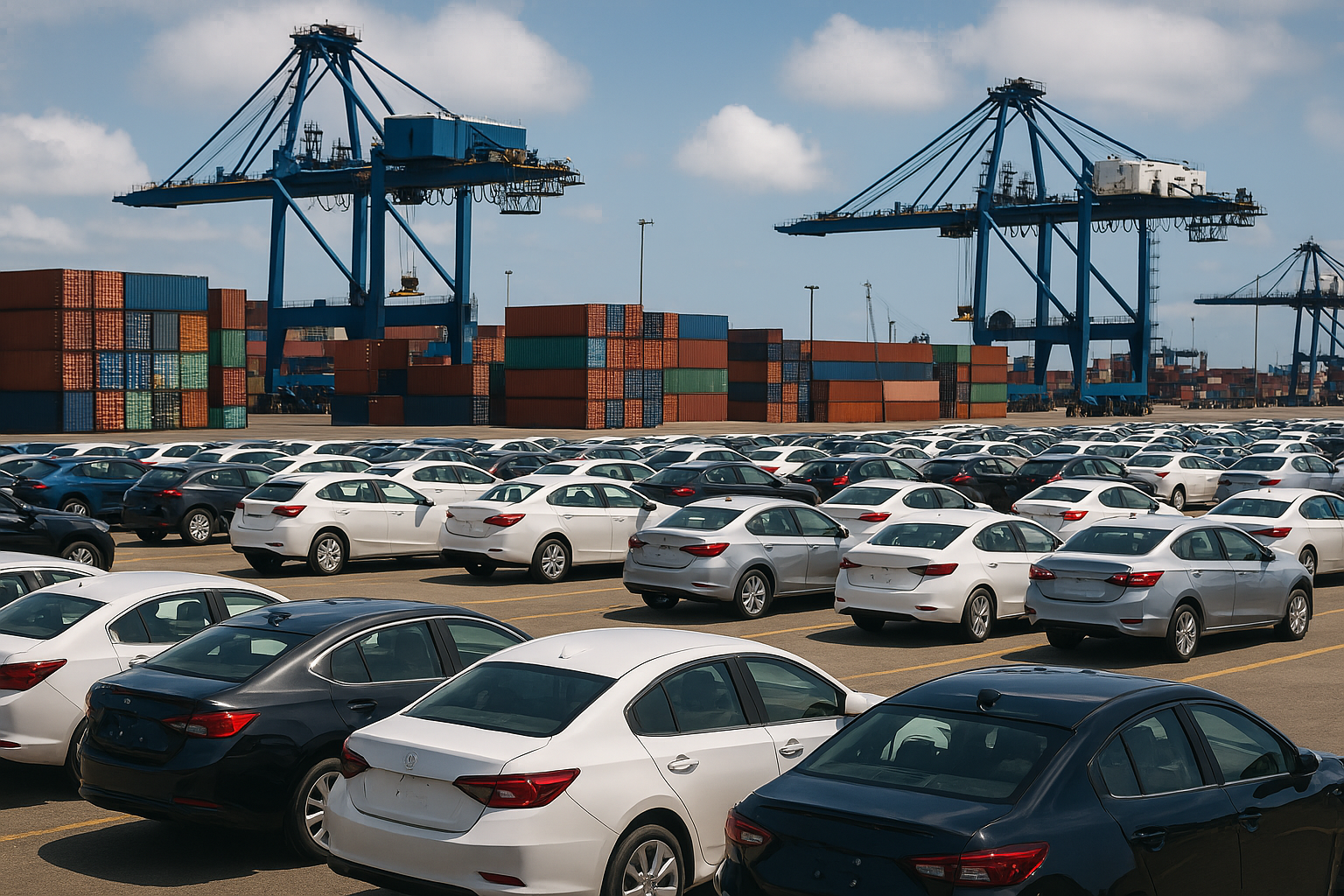Navigating Export Opportunities During the 90-Day Tariff Pause
The April 9th announcement of a 90-day pause on reciprocal tariffs created initial market optimism, but clarity soon followed: automotive tariffs remain firmly in place. As confirmed in the White House briefing on tariff policies, the 25% duty on imported vehicles and upcoming auto parts tariffs continue unaffected, creating a complex landscape for vehicle shippers and traders.
This article examines how exporters can navigate this challenging environment, identifying strategic opportunities despite continuing automotive tariffs, and outlines actionable approaches for the April-July 2025 window.
Understanding the Current Tariff Landscape
Despite the widely publicized "pause," the automotive sector remains under significant tariff pressure. As Treasury Secretary Scott Bessent confirmed, the pause specifically excludes "sectoral tariffs" including:
-
The 25% tariff on imported vehicles (effective since April 3rd)
-
The upcoming 25% tariff on auto parts (effective May 3rd)
-
Steel and aluminum tariffs
This selective approach creates a multifaceted trade environment where some industries enjoy temporary relief while automotive trade faces continued restrictions. As noted by the Detroit Regional Chamber and Michigan Auto, these continuing tariffs significantly impact the sector's global competitiveness.
Important distinction (imports vs. exports): For U.S. imports, vehicles 25+ years coded HTS 9903.94.04 are exempt from Section 232, but reciprocal tariffs still apply by origin (e.g., EU/Japan = 15% total (inclusive); UK = 10% + 2.5%; USMCA = 2.5%). For exports, U.S. tariffs don’t apply—your buyer pays destination-country duties/taxes.
Strategic Export Opportunities Despite Auto Tariffs
While importers face continued headwinds, exporters can identify several strategic opportunities during this 90-day window:
Classic Car Export Advantage
The exemption for classic vehicles from the 25% tariff remains a significant bright spot. Vehicles manufactured 25+ years ago continue to qualify for the original 2.5% duty rate, creating opportunities for:
-
Export to European Markets: Countries like France offer additional tax advantages for classic vehicles
-
Japanese Market Access: Japan's zero-tariff policy on all vehicles makes it particularly attractive for classic car exports
-
UK Collector Market: The UK's post-Brexit tariff structure creates opportunities for American classics
This exemption creates a clear pricing advantage for classics versus modern vehicles, making this segment particularly promising during the current tariff environment.
Destination taxes still apply: U.S. classic exemptions don’t remove taxes at destination. Expect the importing country’s VAT/GST/registration or environmental taxes (e.g., France VAT and malus; Japan consumption tax on arrival even with 0% customs duty for most passenger cars; UK VAT/NOVA). Price your export offers with these buyer-side costs in mind.
Market Shifts Due to Industry Responses
The auto industry's reaction to continuing tariffs creates secondary opportunities for strategic shippers:
-
Inventory Repositioning: Major manufacturers including Jaguar Land Rover, Audi, and Volkswagen Group have paused shipments to the U.S., creating potential shortages in specific vehicle categories
-
Production Halts: Stellantis has paused production in some facilities, affecting near-term vehicle availability
-
Preemptive Price Increases: Luxury manufacturers are announcing price increases for 2026 models
For exporters with access to vehicles in affected categories, these market disruptions may create advantageous pricing opportunities in destination markets experiencing supply shortages.
Emerging Market Opportunity
As highlighted in trade analyses from India and other regions, manufacturers worldwide are rapidly adapting to the new tariff environment. This includes:
-
Accelerating shipments during the pause period (for non-automotive goods)
-
Exploring alternative markets to reduce U.S. dependence
-
Increasing regional trade rather than trans-oceanic shipping
For vehicle exporters, this broader market realignment may create opportunities to access emerging markets where competitors are reducing presence or shifting focus.
Strategic Planning for the April-July Window
The 90-day window requires careful strategic planning to maximize opportunities despite continuing automotive tariffs:
Timing Considerations
While auto tariffs remain in place, the broader pause signals potential for future policy adjustments. Exporters should consider:
-
Accelerated Documentation: Preparing export documentation promptly to accommodate potential policy changes
-
Component Timing: For parts not yet subject to the May 3rd tariff increase, expedited shipping before implementation
-
Monitoring Exemption Requests: Some manufacturers are requesting company-specific exemptions that may affect market dynamic
For inbound classics to the U.S.: plan landed cost with reciprocal tariffs (EU/Japan typically 15% total inclusive, UK 10% + 2.5%) even though Section 232 doesn’t apply to 25-year vehicles.
Regional Strategy Adjustments
Different regions present varying opportunities during this window:
North American Integration
Despite continued tariffs, the USMCA framework offers advantages for certain vehicle categories. Exporters should evaluate:
-
Content Requirements: Vehicles meeting USMCA regional content requirements may qualify for preferential treatment
-
Production Adaptation: Some manufacturers are increasing U.S. content to meet threshold requirements
-
Cross-Border Component Strategies: Strategic component sourcing can optimize tariff impacts
European Market Positioning
European responses to U.S. tariffs create strategic considerations:
-
Potential Retaliation: Monitoring for potential EU counter-measures that may affect inbound vehicles
-
Specialty Niche Focus: Identifying vehicle categories less affected by tariff-induced market disruptions
-
Vintage Vehicle Opportunities: Leveraging emerging classic car markets in Europe
Asian Market Adaptation
As manufacturers like Stellantis (with 40% imported vehicles) adapt to the tariff environment, Asian market dynamics are shifting:
-
Japanese Market Opportunity: Japan's consistent zero-tariff policy offers stability amid global trade volatility
-
Alternative Supply Routes: Some Asian markets are developing new supply chains independent of U.S. trade flows
-
Technology-Focused Categories: High-tech vehicles may command premium prices that can absorb tariff impacts
Documentation and Compliance Excellence
With heightened scrutiny on tariff classifications, exceptional documentation becomes crucial:
-
Origin Certification: Proper documentation of manufacturing origin and component sourcing
-
Harmonized System Codes: Accurate classification in increasingly complex tariff schedules
-
Exemption Documentation: For vehicles qualifying for reduced duties, comprehensive supporting evidence
Practical Shipping Strategies During the 90-Day Window
Implementing practical shipping approaches can maximize opportunities despite continuing auto tariffs:
Consolidation Advantages
For exporters shipping multiple vehicles, consolidation strategies offer several benefits:
-
Cost Efficiency: Shared container shipping reduces per-vehicle costs
-
Documentation Synergies: Streamlined processing for multiple similar vehicles
-
Volume Pricing: Access to preferential shipping rates through consolidated shipments
Specialized Vehicle Categories
Certain vehicle types present unique opportunities during this period:
-
Limited Production Models: Rare or specialized vehicles less affected by mass-market tariff disruptions
-
Electric Vehicles: Categories with specific market advantages in destination countries
-
Vehicles with Historical Significance: Models with provenance that transcends standard market pricing
Insurance and Risk Management
In a volatile tariff environment, comprehensive risk management becomes essential:
-
Valuation Protection: Ensuring appropriate insurance coverage for full vehicle value
-
Policy Shift Coverage: Protection against mid-transit policy changes
-
Documentation Security: Digital and physical backup systems for critical shipping documents
How West Coast Shipping Supports Exporters During This Complex Period
Navigating the continuing auto tariffs amid the broader pause requires specialized expertise. Our international vehicle shipping services provide comprehensive support tailored to this unique environment:
-
Tariff Classification Expertise: Our customs specialists ensure vehicles receive appropriate tariff treatment
-
Documentation Precision: Comprehensive preparation of all required export and import documentation
-
Strategic Timing Guidance: Advice on optimal shipping schedules based on evolving policy landscapes
-
Destination-Specific Knowledge: Market-specific insights on changing import requirements and opportunities
Whether you're exporting classic American vehicles that benefit from tariff exemptions or navigating the complexities of modern vehicle exports, our team ensures your vehicles reach their destinations efficiently and cost-effectively despite the challenging tariff environment.
Finding Opportunity Amid Complexity
While the exclusion of automotive tariffs from the 90-day pause creates challenges, strategic exporters can identify significant opportunities during this period. By focusing on exempt vehicle categories, emerging market shifts, and exceptional shipping execution, this window can still offer advantages despite the continuing 25% vehicle tariff.
The key to success lies in specialized knowledge, careful market analysis, and partnership with experienced international shipping providers who understand the nuances of the current trade environment. With the right approach, the April-July window can still yield valuable opportunities for vehicle exporters despite the challenging tariff landscape.
You May Also Like
These Related Stories

90-Day Tariff Pause Explained: Impact on Global Car Shipping in 2025

50% EU Tariff Shakeup: How Global Automotive Trade Could Shift & Avoidance Strategies

-093789-edited.png?width=220&height=79&name=wcs_final_logo_(1)-093789-edited.png)
